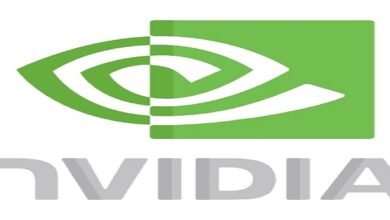Legacy Verification Check Marks on Twitter Finally Removed

Twitter has removed blue check marks from non-paying users’ accounts as part of its subscription service, Twitter Blue. Previously, the check marks were limited to notable figures in government and media. The changeover means only paying subscribers who have verified their phone number will be entitled to Twitter verification and the blue check mark. However, there are still significant gaps in institutional verification, leaving them open to impersonation. The move comes amid the ongoing controversy surrounding Twitter verification, which critics argue needs to do more to combat misinformation and hate speech on its platform.
Twitter has removed blue legacy check marks from non-paying users’ accounts as part of changes that began rolling out in recent weeks. The move comes as part of Twitter’s subscription service, Twitter Blue, which offers users the option of paid verification. Before Elon Musk took Twitter private, check marks were limited to notable figures in government, media, or those who were otherwise in the public eye and ran a heightened risk of impersonation. With the changeover, only paying subscribers who have “verified” their phone number will be entitled to Twitter verification and the blue check mark.

However, the rollout of these changes was met with controversy due to the initial price of $20 and a poorly executed rollout, including rampant impersonation of public figures and corporations. This forced Musk to delay the removal of legacy verification. Twitter later rolled out color-coded verification symbols for verified brands or government-associated organizations.
Despite these changes, there are still significant gaps in institutional verification, leaving them open to the possibility of impersonation. The Twitter accounts of numerous U.S. attorney offices remained unverified, as did various arms of the U.S. Department of Justice and field offices of the FBI.
The controversy surrounding Twitter verification has been ongoing for years. The social networking site employed the blue tick icon for the first time in 2009 to confirm the legitimacy of well-known users. Yet as the site gained in popularity, verification became more and more necessary. As a result, verification came to be viewed more as a status symbol than as a means of authenticating identification.
In response, Twitter revamped its verification process in 2017, creating a system that allowed users to apply for verification by submitting information such as their phone number, email address, and government-issued ID. However, the new system was criticized for being unclear and inconsistent in its application.
In 2021, Twitter announced that it would be overhauling its verification process once more, with a focus on ensuring that only accounts that meet particular conditions are given the blue tick mark. This required ensuring the account’s accuracy, thoroughness, and general audience applicability. Also, the consistency and clarity of the verification process were to be improved by the changes.
However, the rollout of these changes was met with criticism due to the $20 price tag attached to Twitter Blue. Many users felt that verification should be a free service, especially for public figures who are at risk of impersonation. There were also concerns that the introduction of paid verification would create a two-tiered system, with those who can afford to pay having an advantage over those who cannot.
In response to the backlash, Musk delayed the removal of legacy verification, and Twitter introduced color-coded verification symbols for verified brands and government-associated organizations. Nonetheless, institutional verification still has a lot of gaps, which leaves room for impersonation.
The controversy surrounding Twitter verification has also been fueled by concerns about the platform’s ability to police misinformation and hate speech. In recent years, Twitter has come under fire for allowing users to spread false information and hate speech, particularly during high-profile events such as elections and protests.
In response, the company has introduced a range of measures to combat these issues, including fact-checking labels and warning messages. However, critics argue that these measures are not enough and that Twitter needs to do more to ensure that its platform is not used to spread false information and hate speech.




